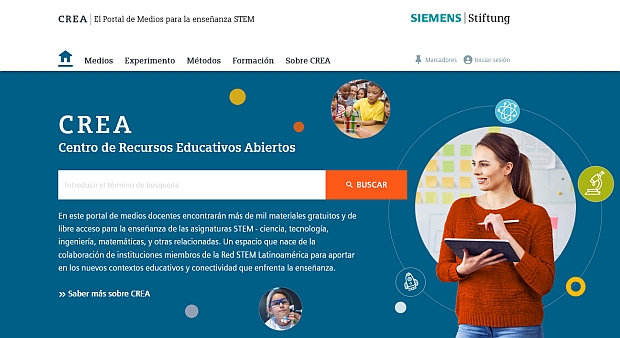Sense organ ear
Image
Photo:
A close-up photo of an ear. As starting-point for studying the anatomy of the ear.
Type of media:
Image (132.6 kByte)
Last update:
2018-07-27
License:

This medium is made available under a CC BY-SA 4.0 international license.
What does this mean?
How to reference this medium

This medium is made available under a CC BY-SA 4.0 international license.
What does this mean?
How to reference this medium
Media package:
Description:
The ear as a sense organ contains the sense of hearing as well as the sense of position and the sense of rotation.
The sense of hearing is the only sense we have that never goes to sleep. The ear reacts seven times faster than the eye and can differentiate things much better than the nose.
Contribution to hearing:
The pinna is thought to have a funnelling function for sound waves. Unlike in some animals, this function is not particularly well-developed in human beings. If the pinna is in any way deformed or in the case of ears that stick out, the sense of hearing is not noticeably affected either way.
Completely missing pinna may affect hearing to the factor 2-3 depending on position relative to sound of source!
Information and ideas:
What are all the things I can hear? Here, it is a good idea to take the students on a listening walk or look at the effects of a roundabout.
Relevant for teaching:
The human body
Structure and function of a sense organ
Reception of stimuli and processing of information
Senses discover the environment
The sense of hearing is the only sense we have that never goes to sleep. The ear reacts seven times faster than the eye and can differentiate things much better than the nose.
Contribution to hearing:
The pinna is thought to have a funnelling function for sound waves. Unlike in some animals, this function is not particularly well-developed in human beings. If the pinna is in any way deformed or in the case of ears that stick out, the sense of hearing is not noticeably affected either way.
Completely missing pinna may affect hearing to the factor 2-3 depending on position relative to sound of source!
Information and ideas:
What are all the things I can hear? Here, it is a good idea to take the students on a listening walk or look at the effects of a roundabout.
Relevant for teaching:
The human body
Structure and function of a sense organ
Reception of stimuli and processing of information
Senses discover the environment
Learning resource type:
Example
Subjects:
Biology; Personal, social and health education (PSHE)
Grade levels:
Grade 1 to 4; Grade 5 to 6; Grade 7 to 9; Grade 10 to 13
School types:
Elementary school; Middle/high school; Vocational training
Keywords:
Ear; Sense organ; Ear (outer ear); Localization; Sense organ
Bibliography:
Siemens Stiftung Media Portal
Author:
MediaHouse GmbH
Rights holder:
© Siemens Stiftung 2016



